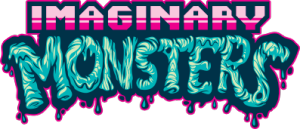Category: gamedev
-
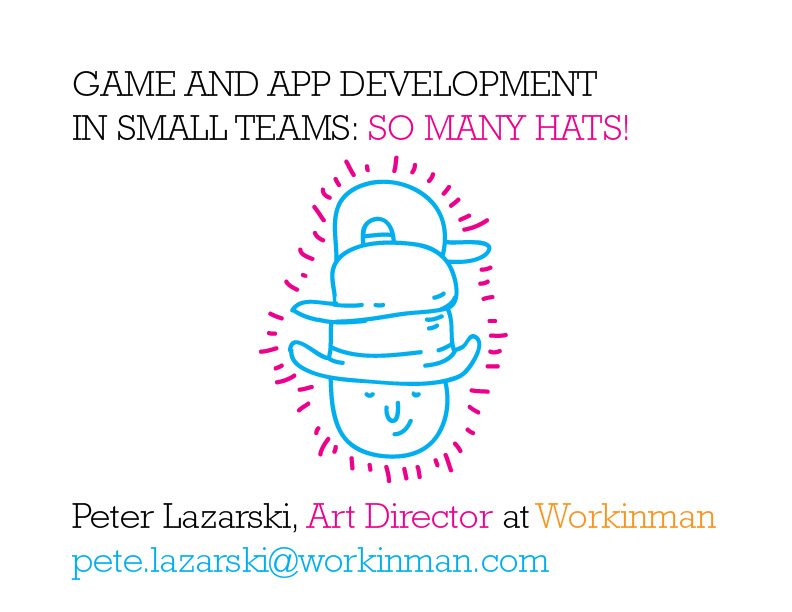
Congressional App Challenge: 2015 Workshop Talk “So Many Hats!”
I’m participating in Congresswoman Slaughter’s Congressional App Challenge as a judge this year. Also I’m giving a short presentation at this weekend’s Congressional App Challenge Workshop at the RIT MAGIC Center. I decided to get the contents of my talk posted and shareable beforehand this time around so I could refer attendees to it. It’s…
-
Halloween Forever got Greenlit on Steam!
Awesome News! The morning after Thanksgiving I was checking my email and I saw this message in my inbox: Halloween Forever had been Greenlit and approved to join the Steam catalog! This immediately snapped me out of my post-feasting stupor. I think I might have danced around a little bit too. Awesome news. Since then…
-
Take a look back in time…Halloween Forever process compilation from Instagram
After a bit of organizing on my phone and tinkering in iMovie I was able to compile this Halloween Forever process video. All of the 40+ clips are from my Instagram and you could find all the individual videos if you sifted through, but I like having this as a document showing where Halloween Forever…
-
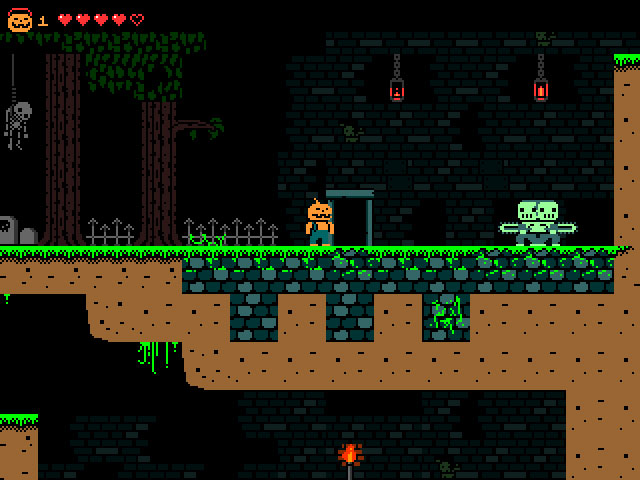
Jim Sterling Rates Halloween Forever “A Billion Pumpkins out of a Billion”
Itch.io Tasty Halloween Edition With Jim Sterling Jim Sterling found Halloween forever and included it in his Halloween episode of Itch.io Tasty! Check it out! (Halloween Forever coverage begins around 8:00, but you should watch the whole video! Also give him a like and a subscribe while you’re at it.) In his review he mentions…
-
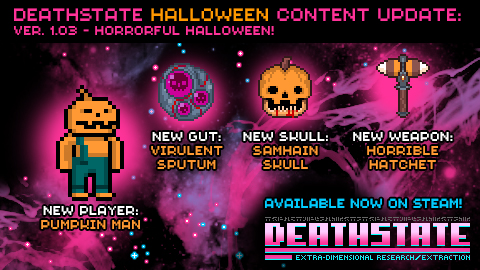
Pumpkin Man now a playable character in Deathstate Halloween update!
A new challenger approaches! Greetings abyssal heroes! Pumpkin Man from Halloween Forever is now available as an unlockable player character in Deathstate! He is getting added along with a few other seasonal creepy goodies for you to find in the game. Deathstate just got a little bit more spooky (some might even say spoopy!) with…
-
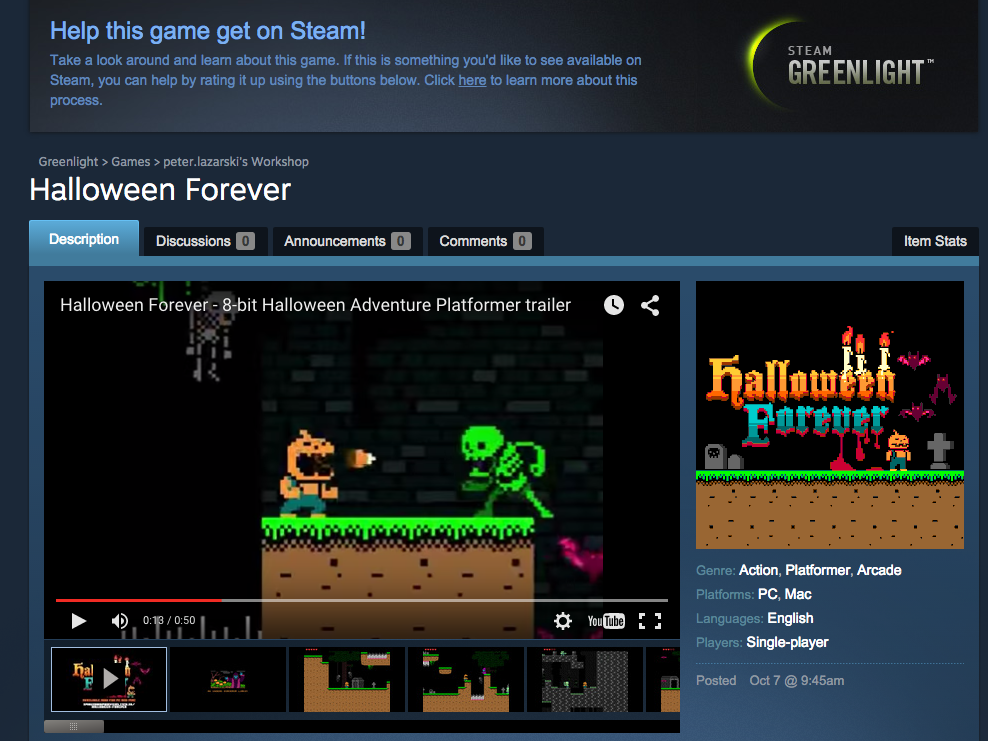
Halloween Forever on Steam Greenlight
Totes the Votes Halloween Forever is up on Steam Greenlight, collecting votes. If you haven’t already, check it out, cast your vote, and add a fun comment if you like! http://steamcommunity.com/sharedfiles/filedetails/?id=531030615 Halloween Forever Comics Shaping Up I have a bunch of penciled pages that are ready to be inked. If the stars align I might…
